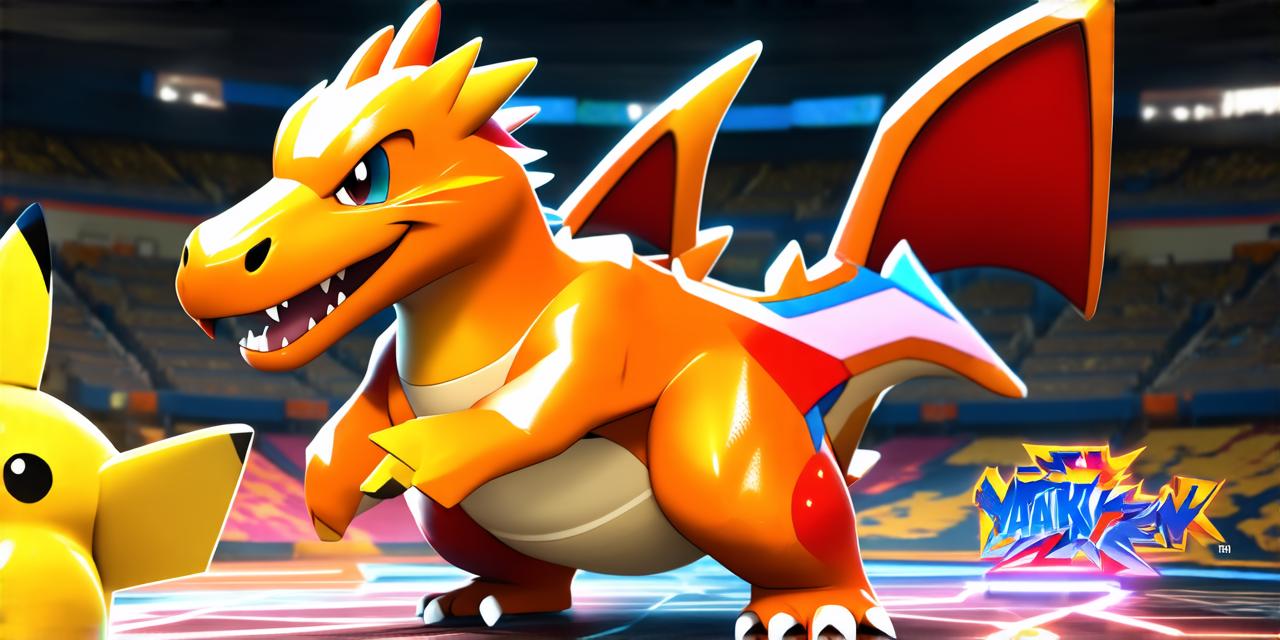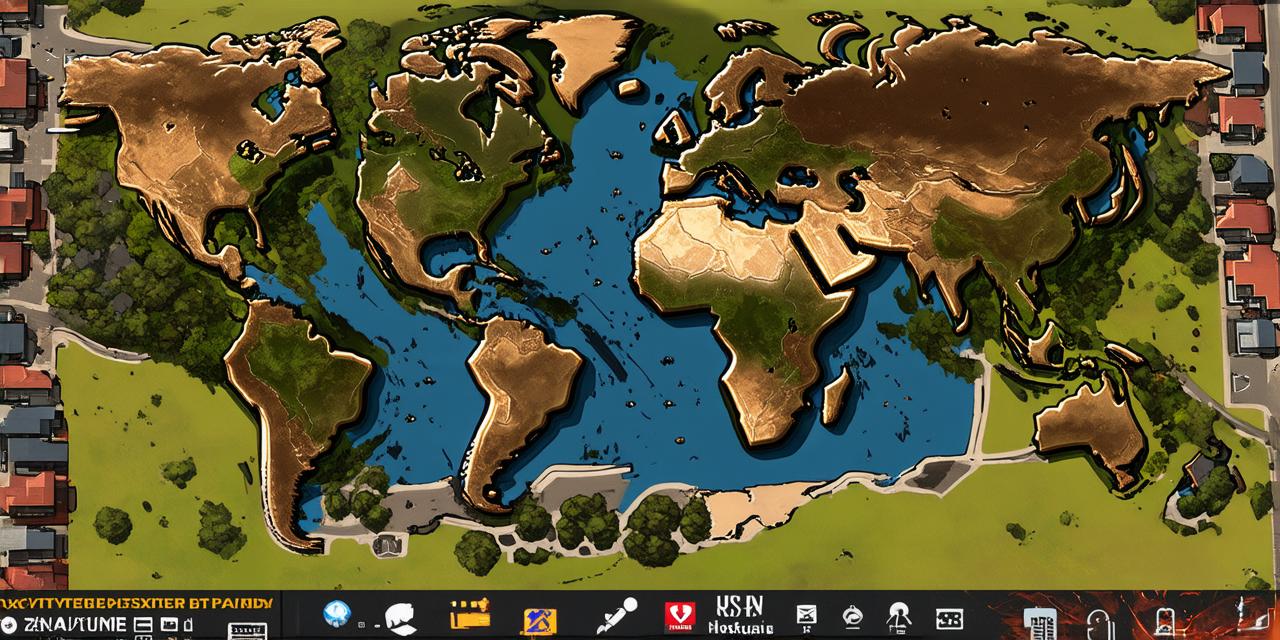1. Ideation: The First Step to Creating a Game
Before you start coding or designing your game, you need a concept. This can come from anything – a story you want to tell, a world you want to explore, or even just a set of mechanics you are interested in creating. Once you have your concept, it’s time to flesh it out into a solid idea that will guide the development process.
1. Research and Planning: Understanding Your Market
Before you start building your game, you need to understand your target audience. Who is your game intended for? What do they like to play? What are their preferences when it comes to graphics, sound, storytelling, and other elements of a game?
By doing your research and planning, you can create a game that will resonate with your audience and stand out from the competition. This will also help you avoid wasting time and resources on features that no one will care about.
1. Design: Creating the World of Your Game
Once you have your concept and your target audience in mind, it’s time to start designing your game. This involves creating a world that is both visually appealing and immersive, as well as developing mechanics that will allow players to interact with this world in meaningful ways.
When designing your game, it’s important to keep the player in mind. What will make the game challenging enough to be interesting but not so difficult that it becomes frustrating? How can you create a sense of progress and accomplishment for the player as they move through the game?
1. Development: Building Your Game
With your design in place, it’s time to start building your game. This involves writing code, creating graphics, and implementing sound effects, among other things. Depending on the complexity of your game, you may need a team of developers to help with different aspects of the development process.
During the development phase, it’s important to be flexible and open to making changes as needed. The game is still in its infancy at this stage, and there will likely be things that don’t work quite right or need tweaking to make them better.
1. Testing: Checking Your Game for Bugs and Flaws
Once you have a working version of your game, it’s time to start testing it to make sure everything is working as intended. This involves checking for bugs and flaws, as well as making sure that the game is balanced and challenging enough for players.
Testing can be a tedious process, but it’s crucial to ensure that your game is polished and ready for release. During this phase, you may also want to gather feedback from beta testers or focus groups to get a better understanding of how your game is perceived by others.
1. Launch: Releasing Your Game to the World
When your game is ready, it’s time to launch it! This involves submitting it to app stores or gaming platforms, creating a marketing campaign to promote the game, and preparing for player feedback and support.
Launching a game can be an exciting time, but it can also be overwhelming. It’s important to have a plan in place to handle any issues that may arise and to be responsive to player feedback.
1. Post-Launch: Continuously Improving Your Game

Once your game has been released, the work doesn’t stop. You will need to continue to update and improve the game based on player feedback and new developments in technology. This may involve adding new features, fixing bugs, or even redesigning parts of the game entirely.
By continuously improving your game, you can ensure that it remains relevant and engaging for players long after the initial launch.
Summary
Creating a video game is a complex and rewarding process that requires creativity, planning, and technical skills.



